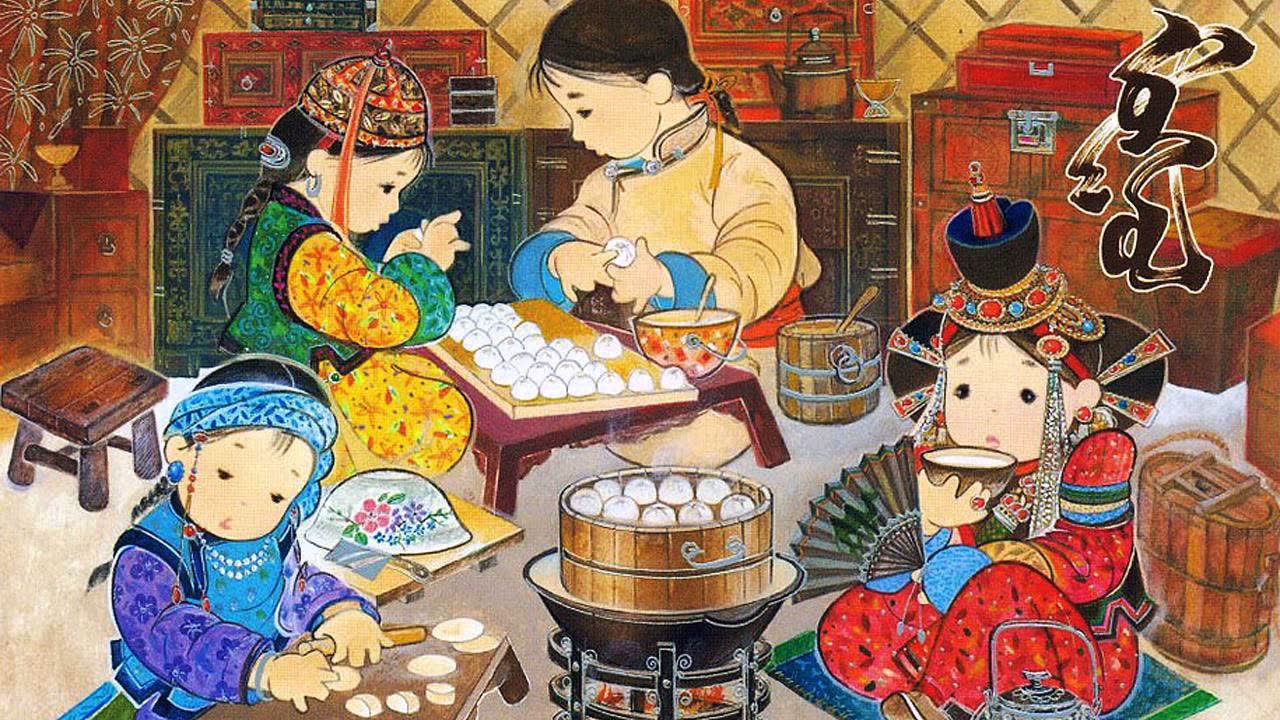Tsagaan Sar - The Mongolian Lunar New Year
NEW YEAR'S EVE IN MONGOLIA
Tsagaan Sar is a time of joy, reflection, and cultural pride for Mongolians. It is an opportunity to honor traditions, strengthen family bonds, and welcome the new year with hope and optimism. If you have the opportunity to experience Tsagaan Sar in Mongolia, you will witness vibrant celebrations, taste delicious food, and be part of a cherished cultural event.
The Mongolian Lunar New Year, known as Tsagaan Sar or White Moon, is one of the most important traditional festivals in Mongolia. It is a time for families to come together, celebrate, and welcome the arrival of the new year according to the lunar calendar. Here's some information about the Mongolian Lunar New Year:

- Timing: Tsagaan Sar is based on the lunar calendar and usually falls between late January and early March, following the Chinese Lunar New Year. The exact date varies each year.
- Symbolism: Tsagaan Sar means "White Moon" in Mongolian, and it symbolizes the beginning of spring and the end of winter. The festival represents a time of renewal, purification, and hope for a prosperous year ahead.
- Preparation: Before Tsagaan Sar, families thoroughly clean their homes to symbolize the removal of negative energies and the welcoming of good fortune. Traditional Mongolian clothing, called "deel," is worn during the celebrations, and special dishes and delicacies are prepared for the festivities.
- Visiting Relatives: Tsagaan Sar is a time for families to reunite and honor their elders. Younger family members visit the homes of their parents, grandparents, and relatives, where they pay their respects and receive blessings. This tradition reinforces family bonds and the importance of respecting one's elders.
- New Year's Eve: On the eve of Tsagaan Sar, families gather for a festive meal called "bituun," which includes a variety of traditional dishes. This meal symbolizes abundance and prosperity. Families exchange gifts and greet each other with well wishes for the new year.
- Deelnii zagvar: During Tsagaan Sar, people wear their finest traditional clothing, known as "deelnii zagvar." The deel is an elegant and colorful garment, usually made of silk or brocade, and adorned with intricate patterns and designs. Wearing deelnii zagvar reflects Mongolian pride and cultural identity.
- Customs and Traditions: Mongolians observe several unique customs during Tsagaan Sar. These include offering "khadags" (traditional silk scarves) as a sign of respect, playing traditional games, exchanging gifts, and performing ceremonial rituals. A key tradition is the "zolgokh" greeting, where younger family members offer well wishes and respect to their elders.
- Special Foods: Tsagaan Sar is known for its special food preparations. "Buuz" (steamed dumplings filled with meat), "khuushuur" (fried dumplings), and "aarts" (traditional pastries) are popular dishes served during the festival. It is customary to offer guests a plate of these delicacies and to exchange food gifts as a gesture of goodwill.
RELATED DESTINATIONS
The Mongolian Lunar New Year, known as Tsagaan Sar or White Moon, is one of the most important traditional festivals in Mongolia. It is a time for families to come together, celebrate, and welcome the arrival of the new year according to the lunar calendar
The Golden Eagle Festival is an annual cultural event held in Mongolia, primarily in the Bayan-Ulgii Province, known for its rich Kazakh heritage and traditional eagle hunting. Here are some key points about the festival:
The Khuvsgul Lake Ice Festival is a vibrant winter event held annually in Mongolia. Located in the northern province of Khuvsgul, Khuvsgul Lake is known for its stunning beauty and frozen landscapes during the winter months. Here's some information about the Khuvsgul Lake Ice Festival:


